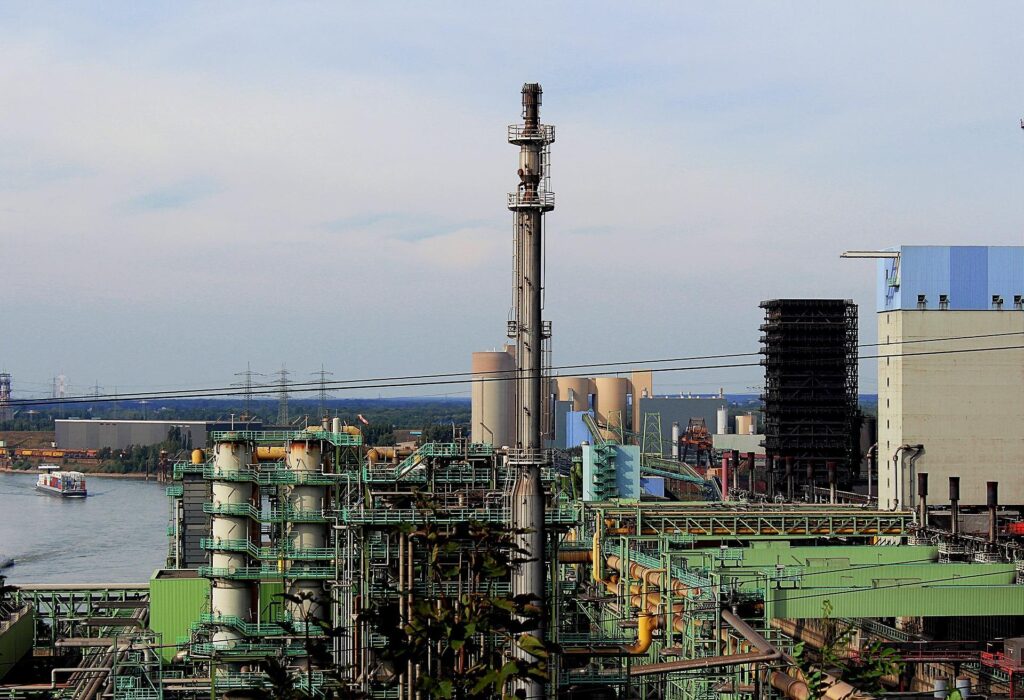In a devastating incident that has sent shockwaves across India, a chemical factory blast in the Sangareddy district of Telangana claimed at least 14 lives and injured over 34 people on June 30, 2025. The explosion occurred at Sigachi Industries Ltd, a pharmaceutical chemical unit located in Pashamylaram industrial area, approximately 50 kilometers from Hyderabad.
The incident has raised serious concerns over industrial safety standards, prompting state and national authorities to call for an urgent review of hazardous manufacturing practices. In this article, we take a detailed look into what led to the Telangana chemical factory blast, how the authorities responded, and what it means for the future of industrial safety in India.
What Caused the Chemical Factory Blast in Telangana?
According to preliminary reports, the blast occurred due to a reactor explosion in the drying unit of the factory around 9:30 AM. Witnesses and local authorities mentioned that the explosion was so powerful it shook nearby buildings and sent thick black smoke billowing into the sky.
The initial cause appears to be a pressure buildup in the reactor, possibly due to overheating or failure of safety valves. However, officials from the fire department and disaster management teams have launched an in-depth investigation to determine the exact technical failure.
Timeline of the Incident
- 9:30 AM: A massive explosion was reported at the Sigachi Industries chemical factory.
- 9:40 AM: Fire engulfed the plant, causing severe damage to machinery and surrounding structures.
- 10:00 AM: Emergency response teams including 11 fire tenders, police, and ambulances reached the spot.
- 10:30 AM – 1:00 PM: Rescue operations conducted to pull out trapped workers. Injured workers were rushed to hospitals in Patancheru and Hyderabad.
- By Afternoon, the National Disaster Response Force (NDRF) and the State Disaster Response Force (SDRF) joined operations to control the fire and prevent further explosions.
Casualties and Injuries in Telangana Blast
Sadly, the blast led to the deaths of at least 14 workers, many of whom were working on the shop floor at the time of the explosion. Over 34 others suffered injuries, some of them with severe burns and critical conditions.
Families of the deceased gathered outside hospitals and the factory premises in a heart-wrenching display of grief and anger. Survivors described the explosion as a “living nightmare,” stating they saw co-workers engulfed in flames within seconds.

Government and Emergency Response
Telangana Government Action
Telangana Chief Minister A. Revanth Reddy expressed deep sorrow over the tragedy and has ordered a high-level probe into the incident. He has asked the Director of Factories and Disaster Management authorities to submit a detailed report within 48 hours.
The Chief Minister also assured that the families of the deceased will receive compensation, and those injured will get immediate medical assistance and financial aid.
Prime Minister’s Statement on Telangana Blast
Prime Minister Narendra Modi also extended his condolences and announced an ex-gratia payment of ₹2 lakh each for the families of the deceased and ₹50,000 for the injured, under the PMNRF (Prime Minister’s National Relief Fund).
Industrial Safety Under Scrutiny
The Sigachi Industries blast is not an isolated incident. In recent years, India has witnessed multiple chemical factory explosions and industrial accidents due to outdated equipment, lack of safety audits, or negligence in handling hazardous materials.
This tragedy has reignited calls from environmentalists, labor unions, and citizen groups for:
- Strict enforcement of industrial safety laws
- Mandatory third-party audits
- Installation of emergency alarm systems
- Training of workers in chemical hazard management
- Real-time monitoring of chemical reactions and reactor temperatures
About Sigachi Industries
Sigachi Industries is known for producing pharmaceutical excipients, especially microcrystalline cellulose used in tablets and capsules. The Pashamylaram unit is one of their key manufacturing plants, contributing significantly to both domestic and international supply chains.
This tragic incident may have long-lasting consequences for the company’s operations, reputation, and legal standing. Authorities have sealed the plant, and it is likely that criminal negligence charges may follow pending investigation results.
Eyewitness and Survivor Accounts
One survivor told the Times of India:
“We had no idea something was wrong. Suddenly, a loud bang, then smoke and fire. I saw people running, some were burning. I still don’t know what happened to my friend who was working beside me.”
Another injured worker told The Hindu:
“No alarm rang. We were not trained for such emergencies. Most of us didn’t even know how to use fire extinguishers.”
What’s Next?
While the immediate focus is on rescue and recovery, this incident must be a turning point for policy reform in industrial safety. Both central and state governments need to establish stricter monitoring mechanisms for chemical and pharmaceutical industries, especially in industrial zones like Pashamylaram, Patancheru, and Jeedimetla.
Conclusion
The Telangana chemical factory blast is a harsh reminder of the high human cost of ignoring industrial safety protocols. The explosion not only caused irreparable damage to lives and families but also exposed serious gaps in India’s regulatory framework for hazardous industries.
As the nation mourns the loss of innocent lives, it is imperative that this tragedy leads to meaningful changes that prioritize worker safety, enforce accountability, and prevent such disasters in the future.
For more news, you can read our other Blogs.




